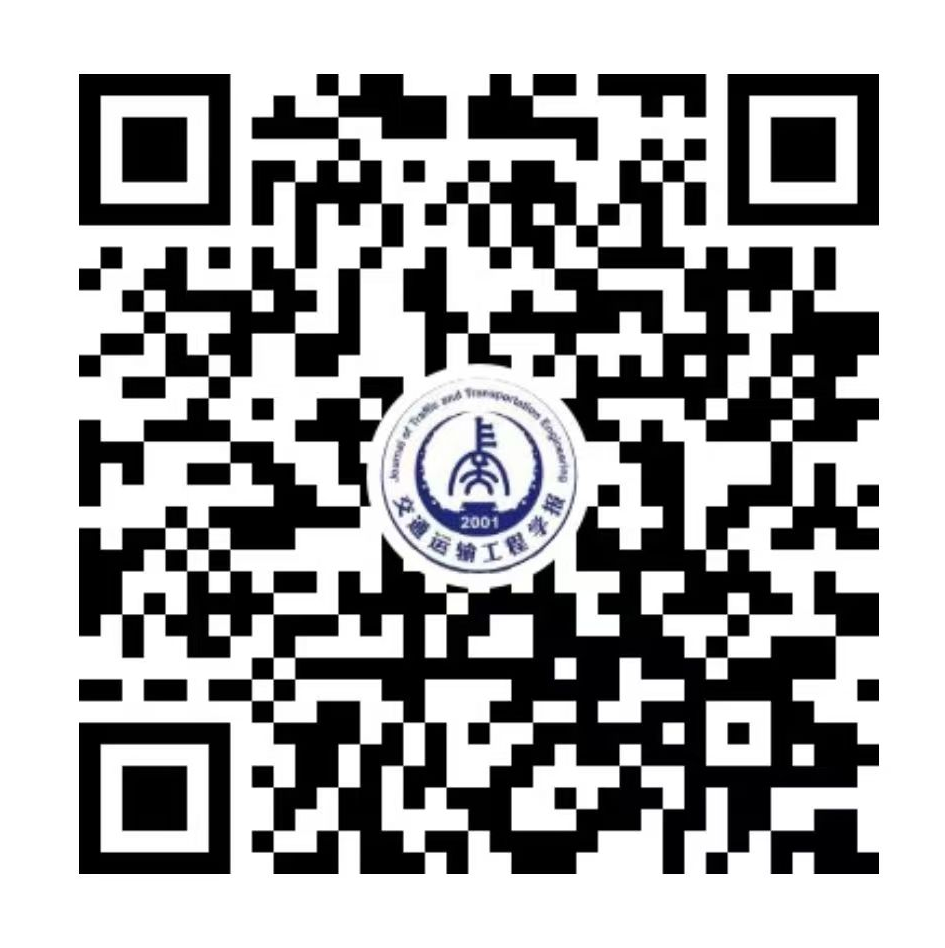2020 Vol. 20, No. 1
Display Method:
Frequency domain analysis for maximum displacement response of bridges excited by single moving load
Abstract:
2020, 20(1): 74-81.
doi: 10.19818/j.cnki.1671-1637.2020.01.005





